
Left-handers move through a world designed with the opposite hand in mind—and that brings its share of quirks. From messy ink trails to desks that don’t quite fit, the daily inconveniences can be surprisingly persistent. Step inside the everyday experience of left-handed living and discover how they handle challenges most people never even notice.
Spiral-Bound And Ring-Bound Paper
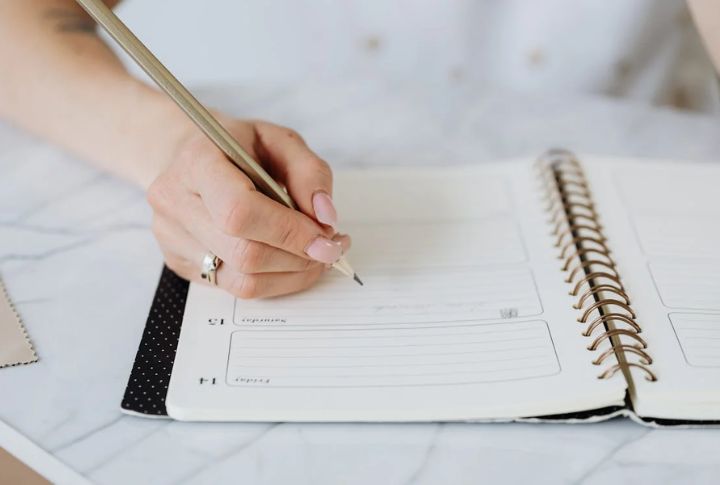
Many believe left-handed students can easily fix the spiral notebook issue by flipping their notebooks upside down—but reality paints a different picture. Instead, they often wrestle with the constant irritation of metal rings pressing into their hands as they write. While left-handed notebooks offer a smarter solution, their limited availability means most southpaws are left adapting to right-handed designs.
Smudging While Writing

Left-handers have no shortage of clever tricks—like clamping onto pen caps to avoid the dreaded smudge. Great idea, until the cap slips off halfway through a sentence and rolls away like it’s mocking your efforts. Switching to regular pens isn’t much better; their ink dries slower than Sunday motivation. Soon enough, your masterpiece turns into modern art with ink-streaked pages and sleeves like they survived a tie-dye experiment.
Bank/Office Pens On Chains
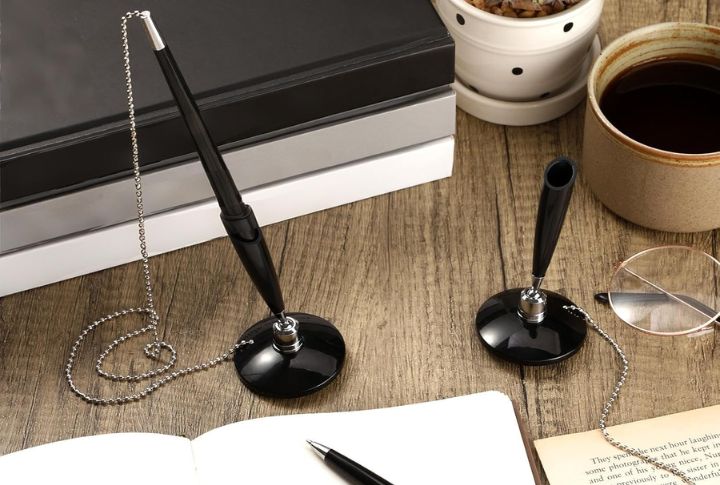
What should be a quick task—signing a form—turns into an awkward dance for left-handers at banks and offices. With chained pens permanently fixed for right-handed use, they are forced to twist and stretch just to scribble their name. It’s a small design flaw that quietly reminds millions how everyday spaces still forget about the left-handed experience.
Right-Handed Scissors

In operating rooms, left-handed surgeons get their own scissors without a second thought. In classrooms, however, lefties are left to improvise. They battle right-handed scissors, struggle to see a straight cutting line, and wedge their thumbs into uncomfortable grips. And when a genuine left-handed pair finally appears, it often comes with an unnecessary price premium.
Classroom And Exam Desks

Picture trying to write with your arm folded like a human pretzel—that’s the daily struggle for left-handed students stuck at right-handed desks. Every class turns into an unplanned yoga session, filled with awkward elbow angles and the constant fight to keep notebooks from slipping away. Lefty-friendly desks carry a “limited edition” label, which leaves most students to invent their own makeshift comfort strategies.
Right-Oriented Computer Mice

We celebrate diversity in nearly every space—except, apparently, on our desks. Most computer mice still cater to right-handers, their curves and buttons feeling awkwardly reversed for lefties. Many end up tweaking settings just to make basic clicking and scrolling feel natural—a quiet reminder that the design world often overlooks the other half of the population.
Card Readers And Signature Pads
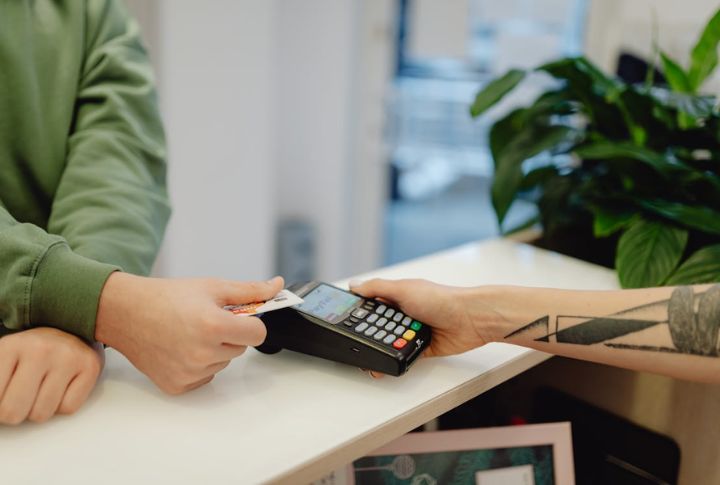
Retail has made impressive progress toward inclusivity, yet the checkout counter seems to have missed the update. With card readers angled to the right and pens dangling just out of reach, left-handers find themselves twisting and adjusting in an awkward dance to complete a simple payment. No major overhaul needed—just smarter, more inclusive design that lets every tap and signature flow with ease for all.
Can Openers And Kitchen Tools
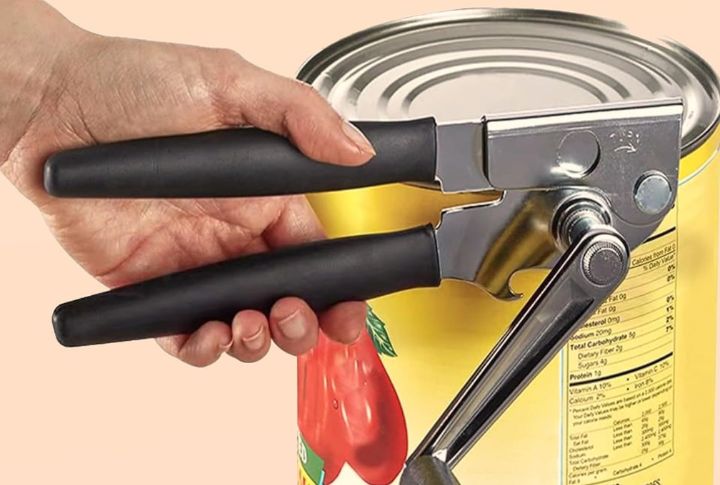
Try using a regular can opener with your left hand and you’ll notice the bias almost immediately. The twist feels awkward and every motion seems designed for someone else’s comfort. And the same story with half the kitchen drawer—each one quietly favoring right-handers. Luckily, things are changing for the better. More companies are designing tools that finally let lefties cook with comfort and confidence.
Left-Elbow Collisions At Tables
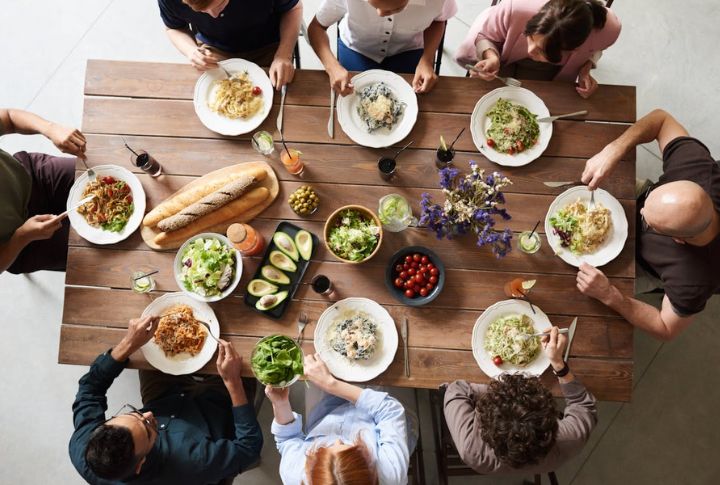
It always starts innocently enough—a couple of elbow nudges between left-handers and their right-handed neighbors. Soon, though, it becomes a quiet contest for space at the table. Seasoned lefties know the golden rule: claim an end seat before anyone else does. Even then, every meal turns into a careful dance of coordination, and the occasional near-miss with flying cutlery.
Musical Instruments

When Jimi Hendrix encountered the music industry’s right-handed norm, he refused to be limited by the lack of left-handed guitars. Instead, he flipped a standard guitar upside down and played it his own way—creating a sound that became legendary. Modern left-handed musicians continue his legacy, either custom-ordering rare lefty instruments or cleverly restringing traditional ones to suit their style.
Sports Equipment
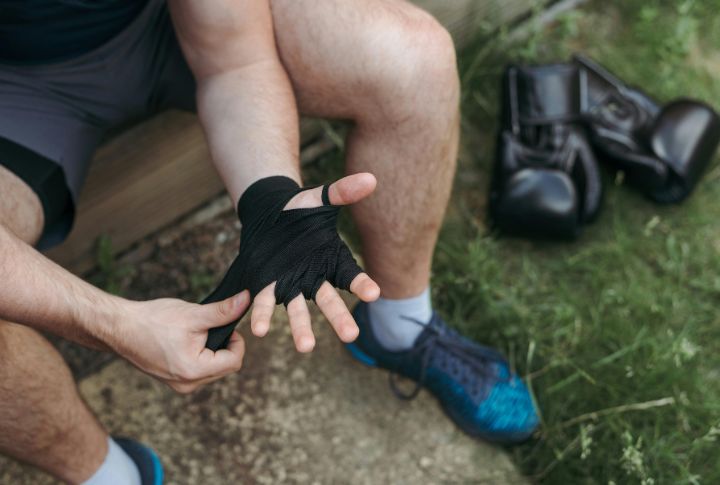
For a young left-hander, the day often kicks off with a bit of frustration—digging through a pile of gloves just to find out which one fits. At practice, right-handed teammates grab their gear without a thought, while lefties are busy flipping every drill in reverse. And when that perfect left-handed glove finally appears, the price tag usually delivers the final curveball.
Public Transit Barriers
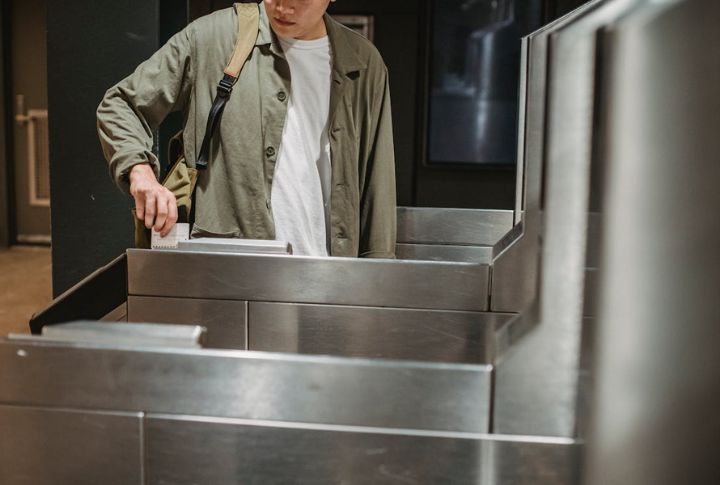
Sarah treats every small daily task—even catching the train—as a mini adventure waiting to unfold. It starts with a quick twist at the turnstile, followed by the awkward stretch to slide her card into a fare machine that never seems properly aligned. By the time she taps the ticket reader, it’s obvious the setup wasn’t made for her comfort. Yet, she adapts with determination in a world that rarely considers the left-handed perspective.
Social Conventions

That moment of hesitation before a handshake reveals a deeper story of left-handed life, where natural instincts often clash with social expectations. From business greetings to group activities, southpaws continually navigate customs built for right-handed people—a modern echo of medieval times, when left-handedness was once feared as a mark of demonic possession.
Posture Strain With Appliances And Cars

Every time a left-hander gets behind the wheel, the car seems to fight back—cup holders camp out on the right while buttons demand yoga-level wrist moves and gear shifts? They’ve always sided with the right-handed crowd. From dashboard to center console, everyday vehicle and appliance designs consistently favor right-handed users, which creates ongoing posture strain.
Desk And Workstation Layouts

The cost of left-handed office tools adds up in more ways than one. With most workplaces opting for cheaper, right-handed supplies, lefties are left doing daily desk gymnastics—reaching over for staplers and notepads. By mid-morning, many have subtly rearranged everything so that they create their own tiny oasis of left-handed efficiency amid the office chaos.
Cameras And Video Recorders

You would think a device built to capture life from every angle would welcome every kind of user. Yet most cameras still play favorites with right-handers. From the buttons to the grip, even the shutter placement—everything leans one way. Left-handed photographers twist or tilt mid-shot, as effortless creativity turns into a constant struggle against right-handed design.
Power Tools And Machinery

Every power tool accident seems to have a backstory, and for left-handers, it often starts with design bias. From the placement of safety switches to the layout of warning labels and control handles, nearly every feature seems optimized for right-handed use. As a result, lefties end up twisting or overreaching for control—small design flaws that can quietly turn routine work into genuine safety risks.
Measuring Cups And Jugs
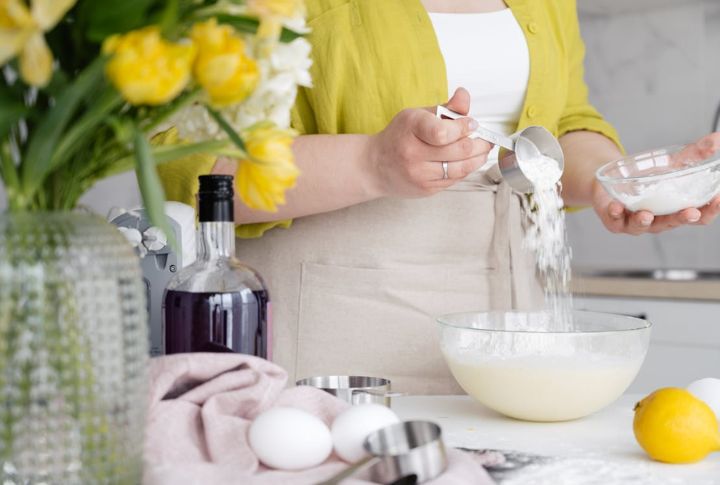
Did you know that about one in ten people are left-handed? Yet most everyday kitchen tools still quietly cater to right-handers. Take measuring cups and jugs, for instance—their markings face the wrong way for lefties, which results in a simple pour into a guessing game. When numbers disappear from view, even easy cooking steps become surprisingly tricky.
Ring-Pull Cans And Zipper Tabs
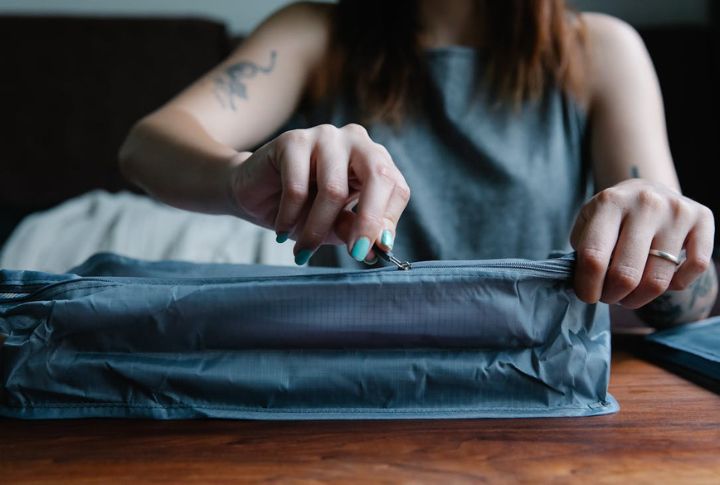
It’s funny how the smallest things—like pulling open a can or zipping a bag—remind left-handers the world isn’t built for them. What should be effortless often turns unexpectedly tricky, thanks to right-handed setups that rarely cooperate. What starts as a small spill or awkward tug quietly grows into frustration—a subtle reminder that design still leans one way.
Consumer Product Packaging
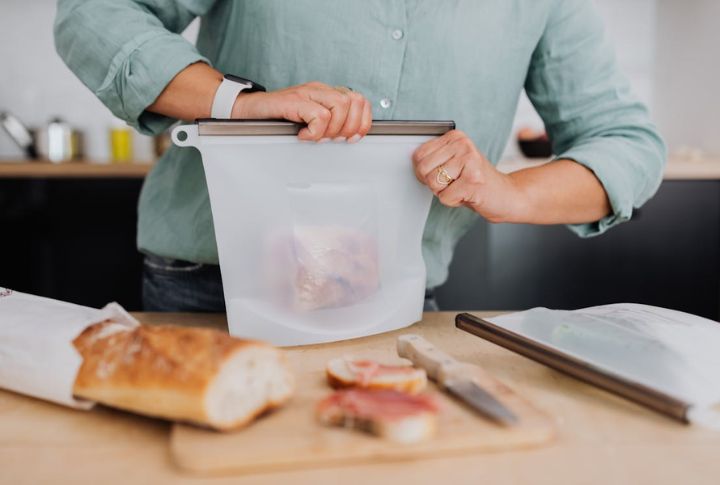
Being left-handed means mastering the art of awkward openings. Every foil seal or tear strip seems to require a small act of acrobatics to get the job done. With packaging designed exclusively for right-handers, lefties wrestle daily with snack bags and detergent bottles. It’s one of those everyday reminders that design isn’t always as inclusive as it looks—especially when your dominant hand is the “wrong” one.

